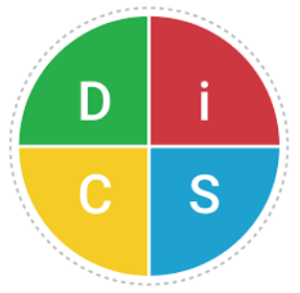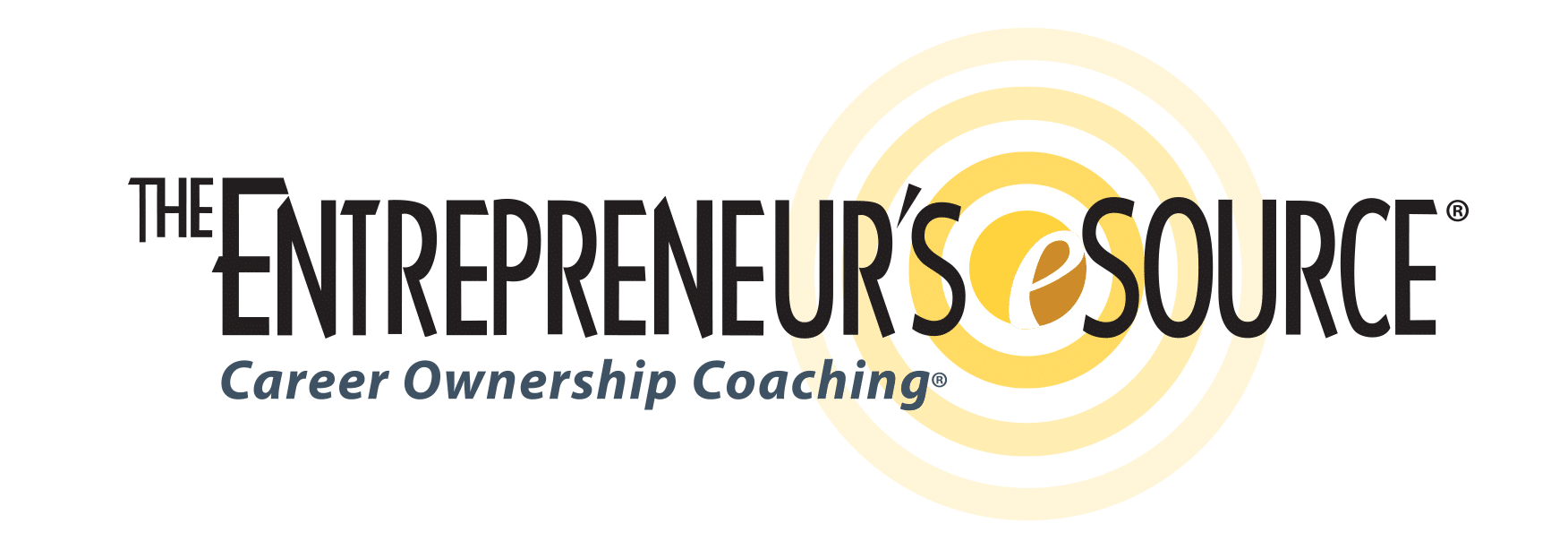Seven Tricks To Attract Top Talent

Hiring a new team member is easy. Hiring a great team member is something entirely different.
When unemployment was low, people could be selective about where they wanted to work. Even as unemployment skyrockets, especially due to the COVID-19 crisis, it’s still not all that simple. Somebody you’re considering may be enthusiastic not because they love your business, but because they’re eager to find a job.
Still, your business needs to be attractive to the best talent, and your interviewing process should weed out candidates who don’t meet your standards.
Here are some helpful strategies to ensure you identify the right people and find the best fit for your company during the interview process.
1. Make sure some of the interview doesn’t involve an interview.
 Whomever you hire, you won’t be talking for days on end about topics like what their strengths and weaknesses are. You will be battling constant deadlines, demanding clients and vendors who don’t always deliver. You may be working long hours and spending more time together than with your own family members.
Whomever you hire, you won’t be talking for days on end about topics like what their strengths and weaknesses are. You will be battling constant deadlines, demanding clients and vendors who don’t always deliver. You may be working long hours and spending more time together than with your own family members.
So it’s important to discover how this person will be received by other co-workers. Is this employee going to be a team player or toxic?
The best way to find out is to take a tour of the workspace together — or go out to lunch — and see how they interact with your team.
Even if you are hiring somebody for a telecommuting position across the country from you and meeting isn’t in the cards, you can at least try to make sure you leave some room during the interview for small talk. You might want to contact the candidate later to answer some random questions and just get involved in a conversation with the hope that they let their guard down.
It isn’t that you’re trying to be sneaky and catch a candidate making a mistake. You just want to see somebody, as much as possible, in “the real world” and how they function when they aren’t in an interview.
2. Have other employees conduct the interview.
It can sometimes be helpful to involve other team members in the interview process in some way. They may spot potential positives or negatives that you may miss. Besides, they will often work with that employee more closely than you, and if you really want a team that works well together, others need to be involved in bringing other employees on board.
For the most effective hire, this should work both ways. Just as your team should feel comfortable with this new person and have input, the prospective hire needs to get a chance to see who he or she may be working with.
3. Talk about the previous employer.
You will likely inquire why an employee is leaving their previous place of employment, but it is important to keep perspective. It may be that the employee is simply ambitious and sees your company as a better place to work, and that should be applauded.
Some people ask for three negatives about working for a previous company. It’s OK if the employee can’t think of anything bad to say about their employer. There’s also nothing wrong if the employee does offer several negatives. This practice is designed to see whether the employee goes into a long rant about a terrible experience with their previous company or supervisor.
However the employee answers about their experience, it should provide you with additional insight into that individual.
4. Assess the person you’re hiring.
 One of the best ways to get that insight into a hire is to have them take an assessment test. Our company uses CliftonStrengths Finder, DiSC, and the Predictive Index, but there are plenty of others out there. Assessment tests can help you discover more about a person’s personality, team-building skills and entrepreneurial mindset. You can really get a sense of how a new hire’s strengths and weaknesses might fit into the team you’ve already assembled.
One of the best ways to get that insight into a hire is to have them take an assessment test. Our company uses CliftonStrengths Finder, DiSC, and the Predictive Index, but there are plenty of others out there. Assessment tests can help you discover more about a person’s personality, team-building skills and entrepreneurial mindset. You can really get a sense of how a new hire’s strengths and weaknesses might fit into the team you’ve already assembled.
5. Research the interview process.
If your company has a human resources department, they will guide you through the hiring process. If you don’t, brush up on federal and state regulations for hiring new team members. There are numerous questions that aren’t recommended for legal reasons, and they generally all have to do with discrimination.
On the surface, some questions may seem perfectly innocent, and it’s not immediately apparent that they’re discriminatory. For instance, you cannot ask about someone’s age, and while you can ask whether an employee is able to perform the functions of a job, you can’t ask if he or she uses drugs or alcohol.
6. Read about hiring and management.
The more you read about business, the more you’ll understand what type of employee you’re looking for. For instance, I highly recommend Ownership Thinking: How to End Entitlement and Create a Culture of Accountability, Purpose, and Profit by Brad Hams. It’s a very compelling book about the importance of finding employees who think and act like owners and are active participants in growing a business.
7. We’re all linked.
 A prospective candidate will naturally provide references who will speak highly on their behalf, but learning more about that person from an unbiased source can be much more valuable.
A prospective candidate will naturally provide references who will speak highly on their behalf, but learning more about that person from an unbiased source can be much more valuable.
Some experts even suggest having your candidate sign a document that gives the company permission to contact people other than their professional references to learn more about their work history.
In this age of social media, there is a good chance you know someone who knows your prospective employee. LinkedIn is a helpful resource to connect the business dots. If you discover that you know somebody who knows your candidate, you can get an extra reference that way.
Hiring a team member is easy, but hiring a great team member involves the proper amount of research and due diligence.
Share this post:
Related Press
Your Trusted Resource for Career Ownership Coaching™ for helpful hints, best practices, anything related to career ownership.
SCORE Foundation – WASHINGTON, D.C. – July 5, 2023
New SCORE Foundation Corporate Sponsors to Support Aspiring Business Owners and Entrepreneurs WASHINGTON, D.C. – July 5, 2023 – The SCORE Foundation, the philanthropic arm of SCORE, the nation’s largest network of volunteer, expert business mentors, today announced new underwriting support from The Entrepreneur’s Source, and Charter Communications Inc. Their combined financial resources will help…
Reduce Layoff Anxiety By Increasing Your Self-Sufficiency
As the “everything bubble” threatens to pop, Wall Street players are scrambling to slash staff and save investor confidence in the never-ending cycle of boom and bust. However, the real heartbeat of the American Dream is entrepreneurial in nature and flourishing. So now it’s your turn: Do you plan to cope with layoff anxiety…
The Economic Weather Forecast: How To Dress For Financial Storms
In my nearly four decades of navigating business, I have seen several macroeconomic weather events come and go. One thing is always true: It’s less about the forecast and more about how you dress for it. If you get too accustomed to swimming in the labor market or stock market pools with nothing but…


